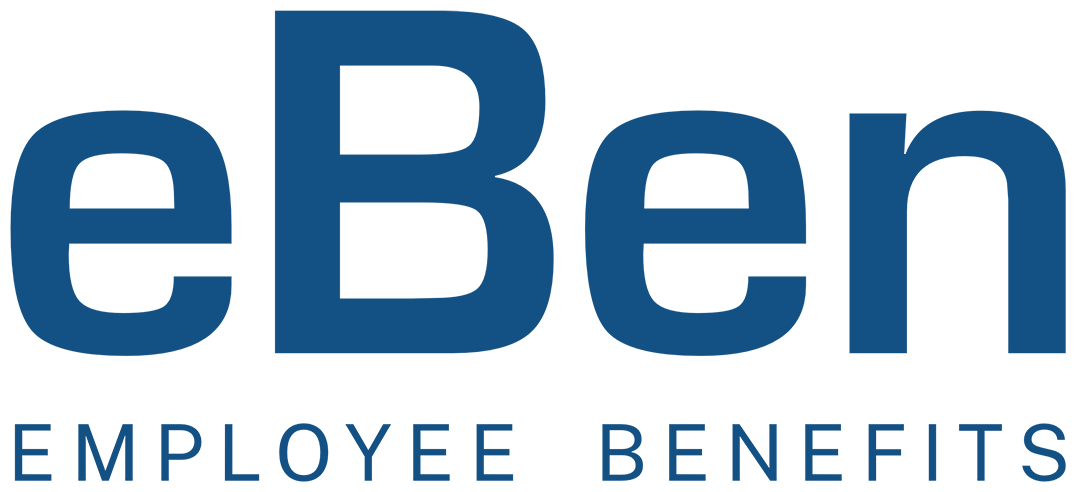Read on for more information.
Section 127 Background
Employers may provide up to $5,250 annually on a tax-free basis to employees in accordance with a qualified educational assistance benefit plan pursuant to Section 127 under the Code.
A Section 127 educational assistance benefit plan:
- Must be established and maintained by an employer for the exclusive benefit of its employees
- Must be established under a separate written plan document
- Must comply with nondiscrimination rules to ensure the plan does not discriminate in favor of officers, shareholders, self-employed, or highly compensated employees
- Cannot offer other taxable benefits or cash that can be chosen by employees instead of educational assistance and all eligible employees must be reasonably notified of the plan
Educational expenses that generally qualify under a Section 127 plan include:
- Tuition and fees for graduate or undergraduate-level courses
- Textbooks
- Necessary equipment and supplies
- Principal or interest payments on qualified education loans[1] made by an employer after March 27, 2020, and before January 1, 2026. See the previous Risk Strategies article here for more details regarding this COVID-related student loan assistance legislation.
Educational assistance benefits do not include payments for the following items:
- Meals, lodging, or transportation
- Tools or supplies (other than textbooks) that you can keep after completing the course of instruction (for example, educational assistance does not include payments for a computer or laptop that you keep)
- Courses involving sports, games, or hobbies unless they:
- Have a reasonable relationship to the business of an individual’s employer, or
- Are required as part of a degree program
Employers may require employees to provide substantiation that the educational assistance provided was used for qualifying educational expenses.
Employers are generally permitted to deduct amounts paid under a Section 127 plan as a business expense under Code Section 162.
Recent FAQs
These educational assistance benefits FAQs clarify the following points:
- Qualified education loans:
- Include loans for education at an eligible educational institution as determined by the U.S. Department of Education, including any college, university, vocational school, or other postsecondary educational institution.
- Must be made by an employer after March 27, 2020, and before January 1, 2026 (unless extended by future legislation). See our prior article on this here.
- Can be made directly to the employee or directly to a third party such as an educational provider or loan servicer.
- Do not have to be issued or guaranteed under a federal postsecondary education loan program.
However, the FAQs state that if a Section 127 plan is “currently written to provide generally for all benefits provided under section 127, then it is possible that the plan would not need to be amended to provide for the qualified education loan benefit.”
This annual limit of $5,250 applies to amounts paid and expenses incurred by the employer during a calendar year. If an employee seeks reimbursement for expenses incurred, the expenses must be paid by the employee in the same calendar year for which reimbursement is made by the employer, and the expenses must not have been incurred prior to employment.
“Unused” amounts of the $5,250 annual limit may not be carried forward to subsequent years.
Practically, if the owners are the only employees, they cannot receive a benefit under Section 127 due to this 5% benefit limitation.
[Total amount of educational assistance provided to employees other than the owner/employee] x .05263158 = [Amount of educational assistance that the owner/employee can receive (rounded down to two decimal places but not greater than $5,250)]
Lastly, the FAQs provide a link to an IRS webpage with a sample Section 127 educational assistance benefit plan written document for employers to reference and modify, as necessary.
Employer Next Steps
While these FAQs are simply informational in nature and may not address any particular taxpayer’s specific facts and circumstances, they do serve as instructive guidance on the IRS’s position regarding tax treatment of educational assistance benefits. Furthermore, the IRS confirms in these FAQs that a taxpayer who reasonably relies on them in good faith will not be subject to a penalty under a reasonable cause standard.
These FAQs provide helpful, albeit informal, guidance for employers considering a Section 127 educational assistance benefit as an employee recruitment and retention strategy. Additionally, employers with existing Section 127 plans should decide if their plan needs to be amended to include qualified education loan payments.
eBen|Risk Strategies is here to help. Contact us directly here.
[1] As defined in Code Section 221(d)(1).
The contents of this article are for general informational purposes only and eBen|Risk Strategies Company makes no representation or warranty of any kind, express or implied, regarding the accuracy or completeness of any information contained herein. Any recommendations contained herein are intended to provide insight based on currently available information for consideration and should be vetted against applicable legal and business needs before application to a specific client.


